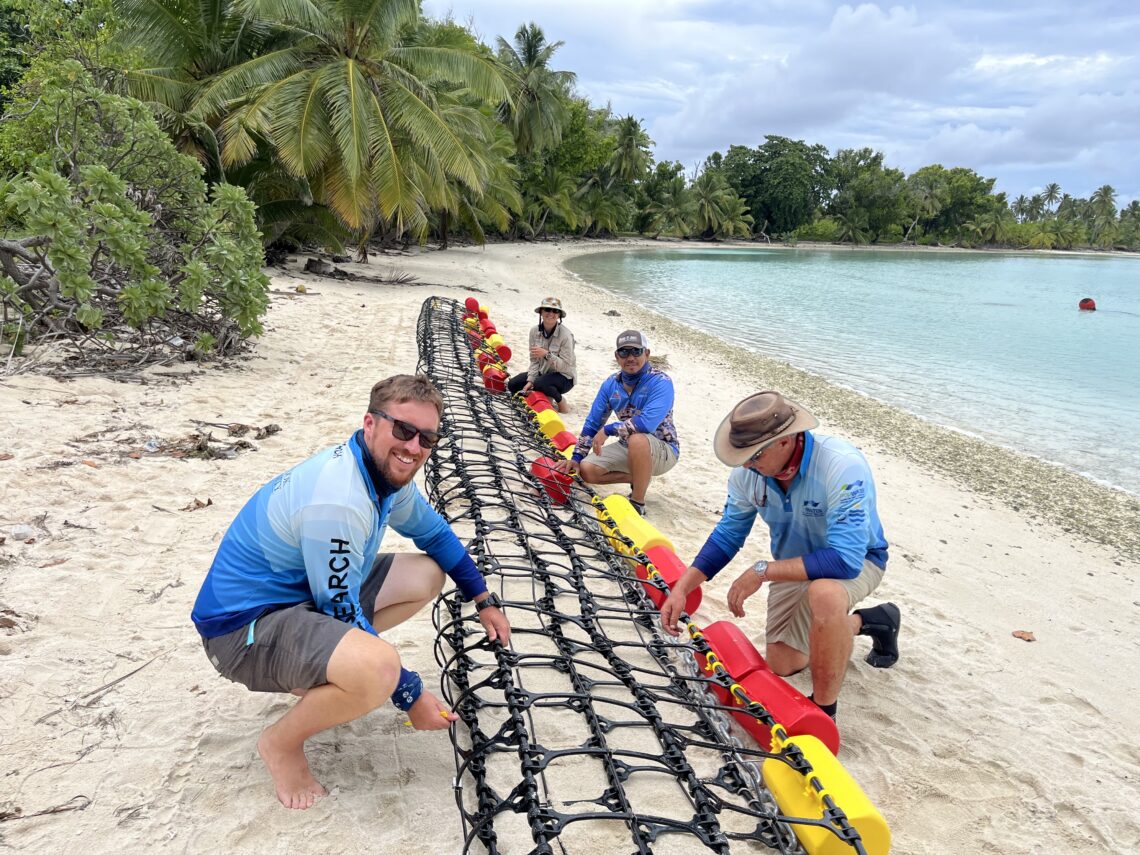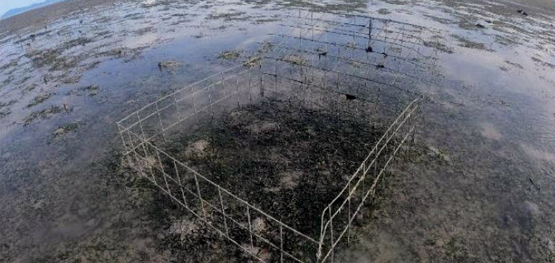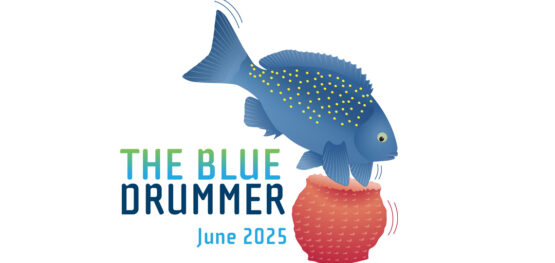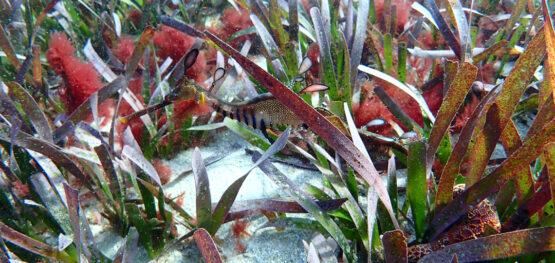Article
3 April 2025
A pioneering restoration project at Cocos (Keeling) Islands (CKI) aims to revive the region's vital seagrass meadows. The project team has been working hard to install seagrass protection barriers in the CKI Marine Park. These barriers aim to relieve seagrass from the grazing pressures of the local turtle population and allow seagrasses to recover.

Early results from this trial are promising. After three months, protected seagrass area in the first of four barriers to be installed had already reached 20% coverage and 8 cm in height, compared with just 2% coverage and 3 cm height outside these areas. These results suggest a positive future trajectory for both the seagrass ecosystems and the marine life they support is possible.
“This is an exciting development in marine conservation, demonstrating clear recovery potential when habitats receive targeted protection,” project leader, Professor Michael Rasheed of James Cook University, said. “Seagrass restoration using this approach has never been attempted at this scale before, but immediate action was required, and we are relieved it seems to be working.”
Loss of vital ecosystems
Seagrass meadows hold significant importance for the Cocos community and are crucial habitats for marine species, including the iconic green sea turtle. However, from 2006 to 2018, these vital ecosystems suffered an alarming 80% loss. This was caused by a range of factors including weather conditions and development around the island which was further exacerbated by increased grazing pressure from green turtles.
Surveys indicated that while seagrass remained present it covered merely 1% of the seafloor where it remained, with concerns it may face imminent ecological collapse without intervention. A pilot study determined that continued grazing pressure from CKI’s large population of green sea turtles was the major impediment to seagrass recovery.
A collaborative intervention was launched in 2024, funded by the Marine Coastal Hub and involving CKI community members, James Cook University, Parks Australia, Cocos Marine Care, and Sea Country Solutions. In a world first, the team installed 20 m by 20 m eco-barriers to create large seagrass refuges. Barriers are now in place at West Island and Home Island, creating safe havens for seagrass recovery.
These protected areas not only encourage immediate growth of seagrass within the barrier but also supply seeds and seedlings essential for broader restoration efforts across CKI. The project team will install more barriers in the upcoming year.
These encouraging early outcomes offer a beacon of hope for the CKI’s seagrasses and iconic marine fauna. They highlight how collaborative conservation can effectively reverse ecological damage, showcasing the resilience of marine habitats when provided targeted support and protection.






